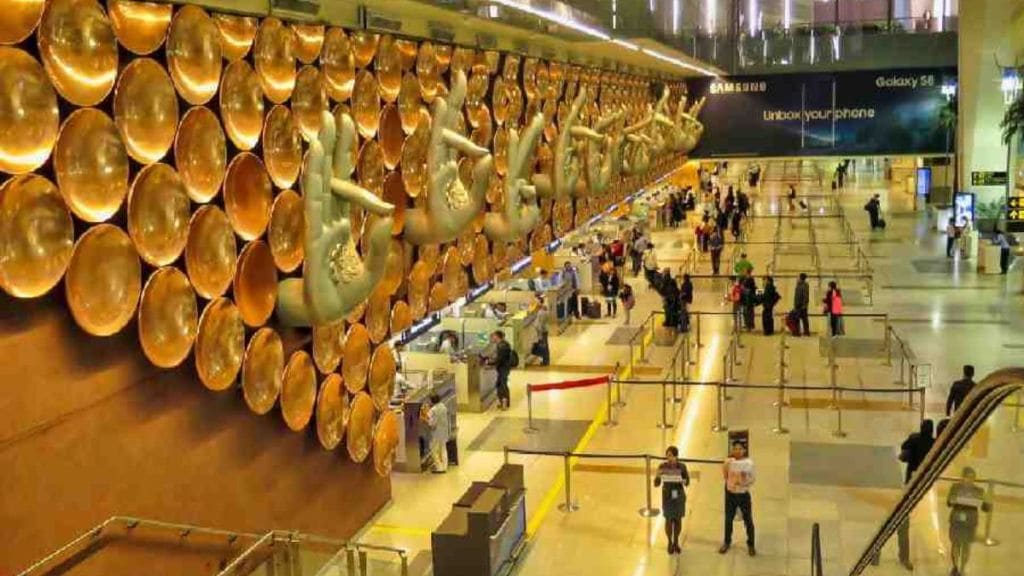Delhi airport operator DIAL plans to introduce an air train to enhance connectivity for passengers between Terminal 1 and the other two terminals. Indira Gandhi International Airport (IGIA), managed by Delhi International Airport Ltd (DIAL), is the busiest airport in the country and features three terminals: T1, T2, and T3.
DIAL aims to implement an “elevated and at-grade Automated People Mover (APM) System” based on a design, build, finance, operate, and transfer model. A tender for the APM, or air train, has already been issued.
Seamless connectivity between terminals
The APM system is designed to provide reliable, fast, and seamless connectivity between Terminal 1 and Terminals 2 and 3, covering a route length of approximately 7.7 km through Aerocity and Cargo City. According to details on the airport’s website, the system will improve passenger convenience, enhance ASQ scores, and reduce carbon emissions.
“APM system is intended to provide reliable, fast and seamless connectivity between Terminal-1 and Terminal-3/2 spanning route length of around 7.7 km via aerocity and cargo city. In addition to providing required connectivity between terminals, APM system will enhance passenger convenience, improve ASQ score and reduce carbon footprint,” the website stated.
Specific information regarding the bidding deadline and eligibility criteria for potential bidders has not yet been disclosed.
What are Air Trains?
Air trains are typically free for passengers worldwide, providing seamless transit between terminals. These systems function as monorails, operating at numerous international airports to facilitate smooth and hassle-free transportation for travelers. Passengers often rely on this connection for transferring between terminals, particularly for transit flights. Air trains arrive and depart at designated stations within short intervals.
Why is Air Train needed at Delhi Airport?
Serving over 70 million passengers each year, Delhi airport remains the busiest airport in India. To accommodate its growth, the airport plans to double its capacity to 130 million within the next 6-8 years, highlighting the urgent need for an air train.
Terminal 1 is located some distance from Terminals 2 and 3, and currently, passengers travel between the terminals by road. The new Terminal 1 began operations on August 17.


